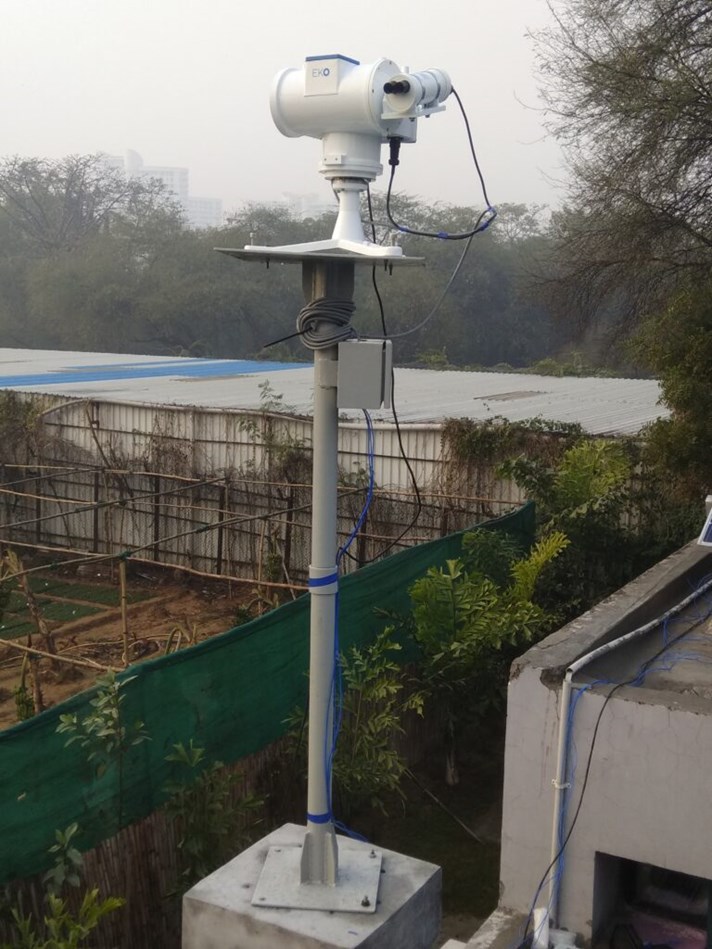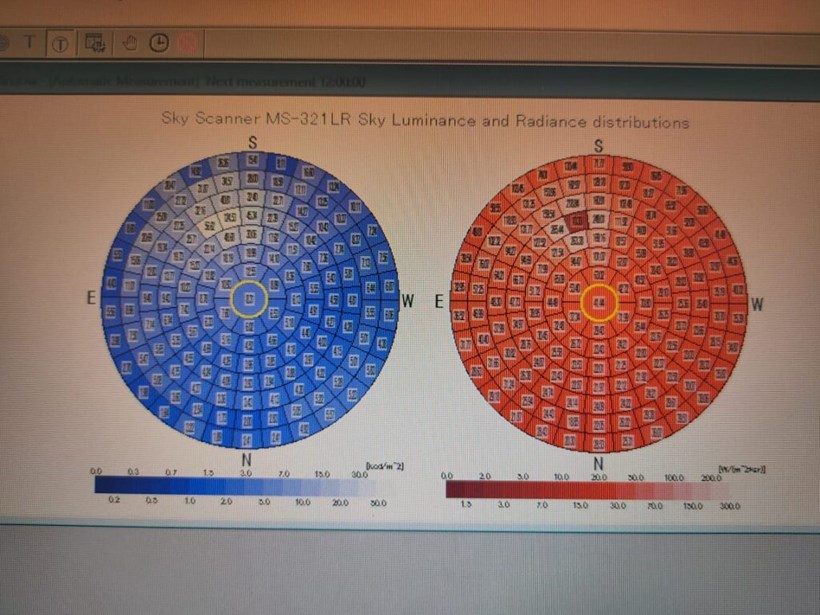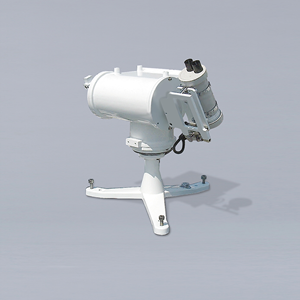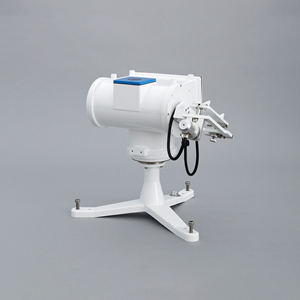Studying Light Pollution in India with the MS-321LR Sky Scanner

‘The Energy and Resources Institute’ (TERI), headquartered in New Delhi, is a not-for-profit, policy research organization – working in the fields of energy, environment, and sustainable development. TERI’s mission is to usher in the transition to a cleaner and more sustainable future through conservation and efficient use of energy and other resources. With a 1200-plus strong team of scientists, sociologists, economists, and engineers based on campuses across the country; in Gurugram, Bengaluru, Guwahati, Mumbai, Panaji, and Nainital, TERI has been developing insightful, high-quality action-oriented research for over forty years.

So, when TERI started to consider a research project to measure luminescence and radiation of the sky hemisphere, light pollution, and how radiation affects the diffusion of light, they needed a highly accurate system and comprehensive training, on hardware and software, to use it.
Working with ‘Aimil’, and a team led by Deputy General Manager, Data Acquisition, Anurag Gupta, TERI commissioned and installed an EKO MS-321LR Sky Scanner at their New Delhi headquarters.
The MS-321LR is often used to study diffuse sky radiation, an important parameter for building automation, design, daylight software modeling, and light pollution research.
Some of the key features of the MS-321LR include:
- A daylight analysis measurement system
- The ability to measure sky irradiance and illumination
- A 145 sequential step measurement process of the hemisphere
- An auto measurement schedule function
- And integrated values over full hemisphere

The advanced software control functions give full flexibility, enabling data exports for extensive research and analysis. The software also allows measured data to be automatically recorded at pre-defined time intervals; a convenient feature that allows users to simply set it and go.
We will try to share further reports on the TERI study, and their experience using the EKO MS-321LR Sky Scanner in the future.



















